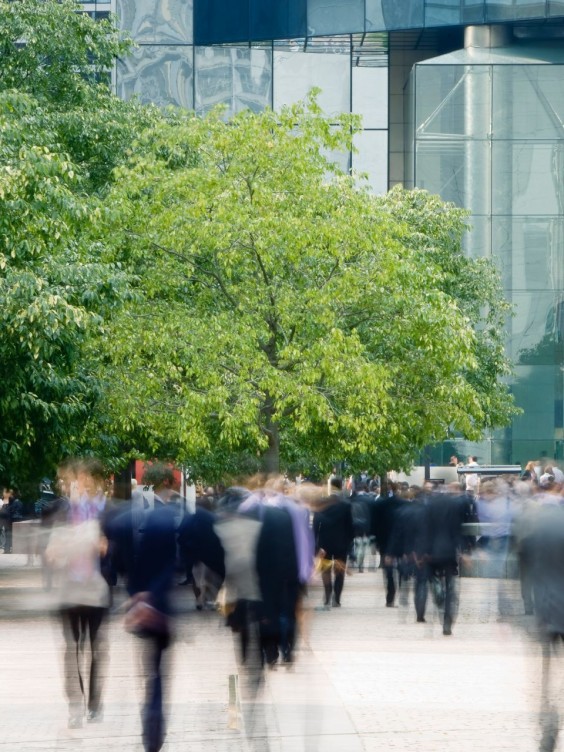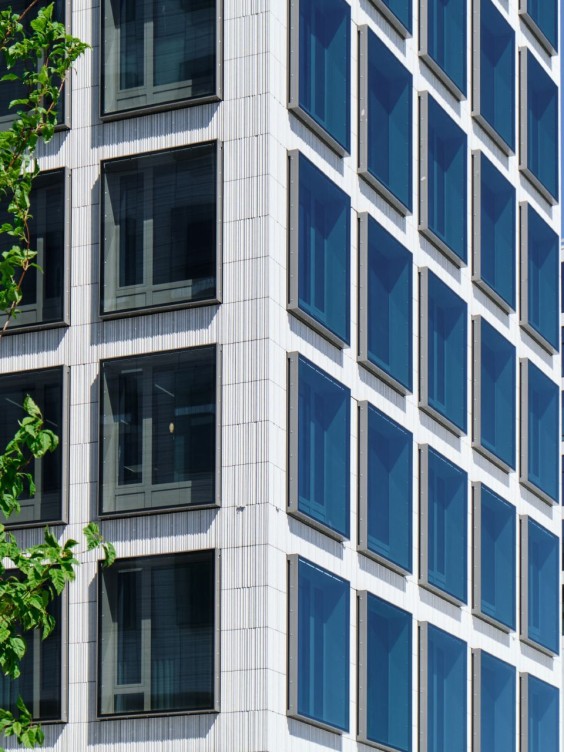Designer’s Guide of Green Building Certifications
In the realm of contemporary real estate, green building certifications have
become a hallmark of sustainability.

In the realm of contemporary real estate, green building certifications have become a hallmark of sustainability. The role of paints and coatings in this eco-friendly framework is considerable – and it’s something that architects and designers should be well acquainted with.

Green building role
Green building certifications, also known as green building rating tools, play a crucial role in recognising and rewarding buildings that meet stringent sustainability standards. These certifications incentivise real estate developers to adopt environmentally responsible practices throughout their projects.
As visionary developers set higher standards, government building codes and regulations are similarly uplifted, fostering a broader commitment to sustainability.
However, green building certifications are diverse and multifaceted, encompassing a variety of approaches and scopes. They apply to various stages of a building’s lifecycle, including planning, design, construction, operation, maintenance, renovation, and – eventually – demolition.
Core Sustainability
Green building certifications cater to different types of buildings, utilising specific tools or subsets for homes, commercial structures, and even entire neighbourhoods.
Many of the world’s leading certifications are developed and administered by Green Building Councils, which are part of the World Green Building Council (WorldGBC) global network.

Among the most prominent green building certifications are LEED and BREEAM, alongside other established certificates such as RTS, WELL, EDGE, Greenship, Green Key, GreenBuilding, Green Star, LOTUS, and Zero Waste.
Green building standards promote the adoption of renewable and recycled materials, as they have a smaller environmental impact. Environmental Product Declarations (EPDs) are essential for assessing a product’s environmental impact. This means that an extensive lifecycle analysis is deployed in order to understand a building’s entire ecological footprint.
Certification Scope: Beyond the Surface
It’s important to note that green building certifications apply to entire real estate projects, not individual products as such. Therefore, there are no paints or coatings certified by LEED or BREEAM. However, these products can still contribute valuable points towards a project’s overall certification.

Paints and coatings that provide durability, superior indoor air quality, and heat-reflective properties can significantly enhance a project’s sustainability score. Both LEED and BREEAM, for example, place substantial emphasis on the green impact of paints and coatings.
Considering that paints account for approximately 2% of a building project’s total cost, choosing sustainable paints is a highly cost-effective strategy for earning certification points.
Certification standards are divided into various scoring categories, each addressing specific aspects of sustainability and environmental performance. Points are awarded based on factors such as environmental impact, indoor air quality, and the use of products with recognised EPDs. Achieving a certain score or percentage of points is necessary to attain a particular certification level.

Racking up points
Selecting suitable paints and coatings for green buildings depends on the specific project and the certification pursued. For example, low VOC content and emissions are crucial criteria. Under the BREEAM rating system, paints can score up to 4 points: 2 from air quality and 2 from lifecycle impact.
In the LEED system, paints can get points in the following areas: Indoor Environmental Quality; Sustainable Sites, Materials and Resources; and Regional Priority. In Indoor Environmental Quality alone, you can get 3 points for Low-Emitting Materials intended to reduce concentrations of chemical contaminants that can damage air quality, human health, productivity, and environment.
By thoughtfully selecting sustainable paints and coatings, designers can enhance their projects’ environmental credentials while contributing to a greener future.


